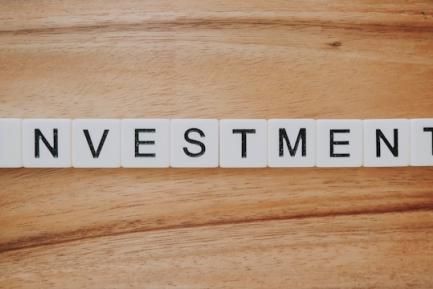Public policies aimed at reducing poverty and inequality often face a dilemma between equity and efficiency. But a good education policy has ample potential to improve a workforce’s productivity and also promote social mobility by giving young children equal opportunities in early education. It is therefore a powerful tool to transform society, if not the most important.
An education system needs to be of good quality to make the most of all its potential. Particularly at a time such as the present, when we must adapt to a digital revolution that is transforming the productive system and consequently the skills and abilities demanded by the labour market. It is important what, how and when people learn.
A 21st-century education system cannot teach the same as the last century. It must especially teach people how to learn. Many studies have stressed the importance not only of cognitive skills such as language, communication, information processing, numeracy and logic, but also non-cognitive or soft skills such as the power of concentration and planning, perseverance, self-control and interpersonal relations. Knowledge needs to be passed on but so do approaches to working, organising oneself and learning. And also values.
Regarding how to learn, there are many different myths regarding the best way to teach. For instance, available evidence suggests that variables such as class size and the amount of resources devoted to the system (in both cases within certain limits) do not affect the quality of education to any great extent. By far the most important factor for a successful education system is teacher quality. Those countries with the best systems, such as Singapore, Finland and Korea, can attract and retain the best talent by offering attractive careers, continued training and social prestige for the teaching profession. Parents are also important, especially in terms of the time devoted to their children in activities such as reading and talking. A good work-life balance is therefore essential for them to have such time available.
Lastly, regarding the when, several research studies have shown the importance of investing in children’s education from birth up to five years of age to ensure equal opportunities. The first five years of learning have a huge influence on children’s potential as students and adults. The Nobel prize-winner for Economics, James Heckman, has estimated that investing in the most disadvantaged segments of the population at this age has a return of between 7% and 10%. Few public investments can offer better.
These are just some of the things we know. But the quest for excellence in education must be an ongoing process supported by painstaking research. Constant innovation and evaluation are required. The most successful countries approach education like the field of medicine: pilot tests are carried out to evaluate innovations (in the what, how and when) and changes proven to be effective are adopted. This is the best way to adapt to continual change. In education, resistance to change or unwarranted change has a huge cost in terms of equity and efficiency. A cost we can ill afford.
Enric Fernández
Chief Economist
30 April 2017



